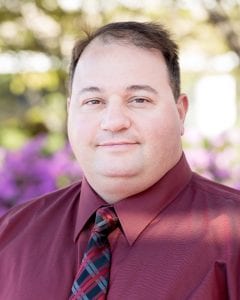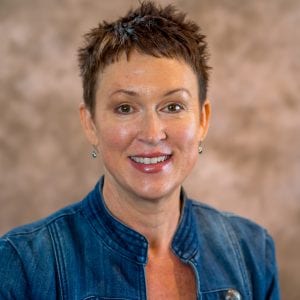Put Prior Learning Assessment to work for you
by Kelly Jenkins Lin

This is the second in a two-part post about PLA. To read part I, click here: Part I
When Richard Rago decided to pursue a college degree, he had 10 years of work experience but no formal classroom education. He worried that might put him at a disadvantage until one of his professors pointed out that, thanks to his many years in the field, Rago knew more than most of his classmates. The professor then suggested Rago try to get credit for his on-the-job learning. He did and with the credit he earned Rago was able to opt out of 3 classes, or the equivalent of one semester. “It was definitely worth it,” he says.
Rago was able to leverage his on-the-job learning experiences through Prior Learning Assessment, or PLA, a process in which a student’s past learning experiences are documented and evaluated in order to grant college credit or advanced standing toward a certificate or degree.
“The purpose of PLA,” Cindy Stevens, Professor of Business Management at Wentworth Institute of Technology, and an evaluator in Wentworth’s PLA program explains “is to make sure our students get credit for all the hard work they’ve already put in. These students haven’t just been sitting around, they’ve been working, and they deserve some credit.”

How it Works: The Report
To get credit for his experience, Rago was required to document it in a PLA report. A PLA report typically includes an executive summary detailing the experience under consideration as well as the course to which it applies, a resume, letters of recommendation, and other documents that demonstrate a student’s knowledge and skill. A PLA report can also include standardized test results, proof of training, and professional licenses. Rago, for example, was able to get credit for OSHA training he completed on the job, as well as his Construction Supervisor’s License.
It took about a week to put the report together, Rago says, but he was glad to have the opportunity and it was a good experience. “I knew what I had and what I knew.”
What to Include
“What we are looking for,” says Stevens, who has been evaluating PLA reports for nearly 10 years, “is mastery of a skill, and experience applying it to real world situations. When I look at a report I ask two things. First, how does this individual’s experience map back to course learning outcomes? That is, does what they know fit with the material covered in the course for which they are seeking credit?
“Second, does the individual have experience using this skill or knowledge? Having something in your job description,” Stevens warns, “does not mean you have experience in that area. I need proof that you have used it.”
It also helps if a student spends some time organizing their report, Stevens says. In Wentworth’s College of Professional and Continuing Education, students preparing a PLA report are given guidelines to help them gather and organize their documents.* “Stick to the guidelines if you have them,” she says.
Occasionally, a PLA report might be sent back for clarification or additional documentation, but in the nearly 40 reports Stevens has evaluated she has rarely seen one denied.
For those who have learning experiences that took place outside of the classroom, Rich Rago has this advice: “Let the school and instructors know because you might be able to get credit.”
For those same people, Cindy Stevens has this advice: Keep up with your skills and learning. “Take time to self-reflect on your skills and knowledge base and make sure you hang on to documents and artifacts that demonstrate your knowledge and experience,” she says. And update your resume at least once a year.
Good advice for anyone.
*Note: In the Spring of 2018, Wentworth introduced a PLA Prep Course in which students seeking PLA credit can work directly with faculty in documenting and evaluating their experience. For more information, click here: Prior Learning Assessment.
This post was prepared with assistance from Christine Bettendorf and Ke’Anna Skipwith.